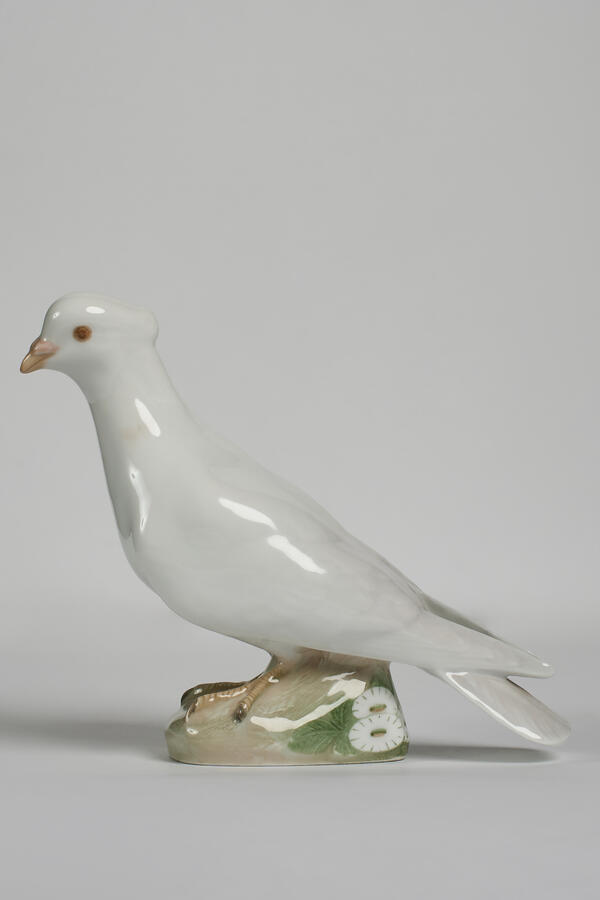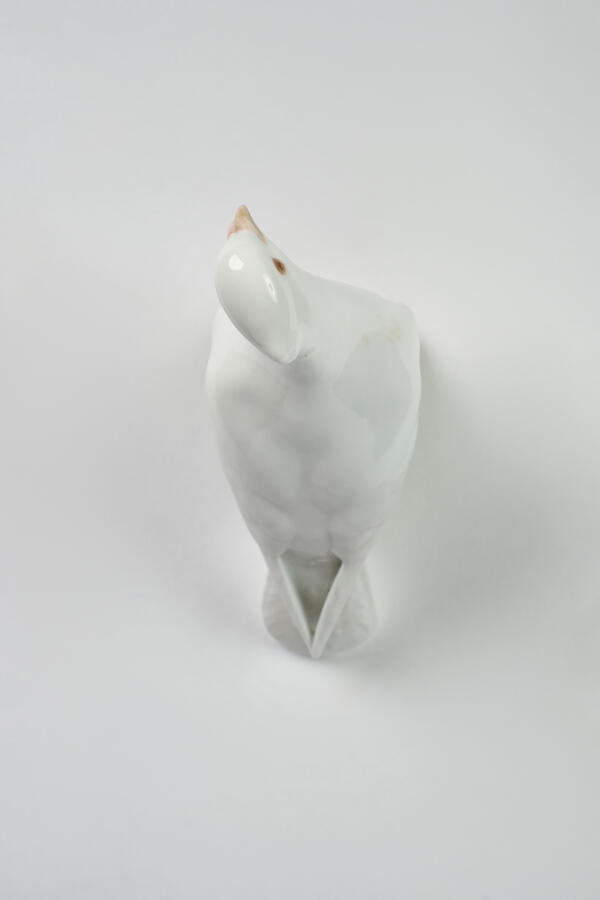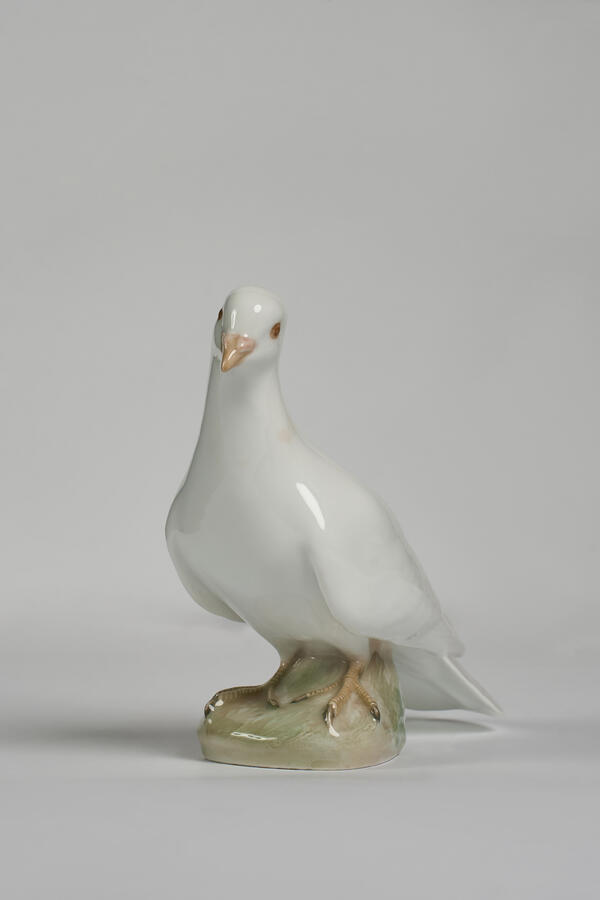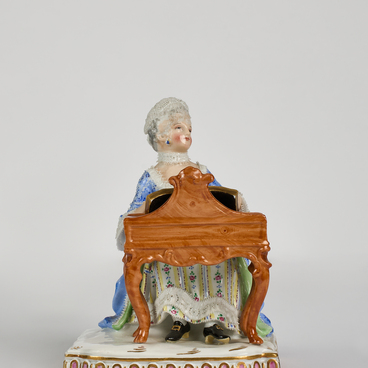The figurine of a white dove presented in the Astrakhan Art Gallery named after Pavel Mikhailovich Dogadin was created by the Danish sculptor Christian Thomsen at the Royal Porcelain Manufactory.
Since 1775, Royal Copenhagen has been producing porcelain items branded with three symbols: three waves, the royal crown and the artist’s signature. These symbols indicate the authenticity of the product, the company’s connection with the royal family and the painstaking work of the skilled masters.
The Dowager Queen Juliana Maria, who founded the Royal Porcelain Factory in 1775, chose three waves as its trademark. They symbolize the three most important bodies of water in Denmark — the Sound (the Øresund strait), the Great Belt and the Little Belt.
To this day, each porcelain item produced by Royal Copenhagen is marked by these waves, which indicate the quality of the product and the skillful work of Danish craftsmen. The crown symbolizes Royal Copenhagen’s beginnings, which are closely associated with the royal family. The crown was initially painted on all products by hand, but by the 1870’s, the company began to stamp the mark under the glaze.
The item, presented in the Collection of Foreign Art, bears the trademark of the Danish Royal Manufactory, characteristic of the period from 1889 to 1922. It was during this time that, in addition to tableware, the factory began to make small figurines depicting animals, birds, typical folk characters, and the plots of Andersen’s fairy tales.
Handmade products were created based on the models of Christian Thomsen, a Danish sculptor who began working at the Royal Copenhagen Porcelain Manufactory in 1898.
The sculptor’s skill lies in carefully and patiently perfecting every minute detail of the workpiece, which then becomes a finished porcelain figurine. It is a complex technique that can take several weeks.





